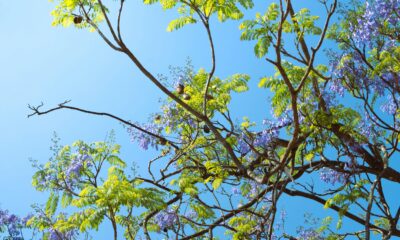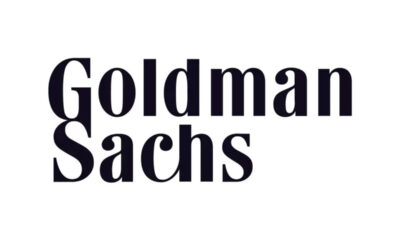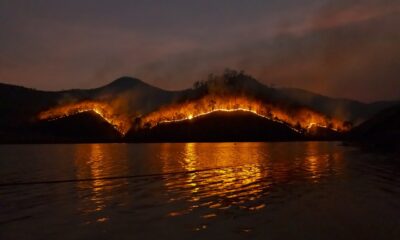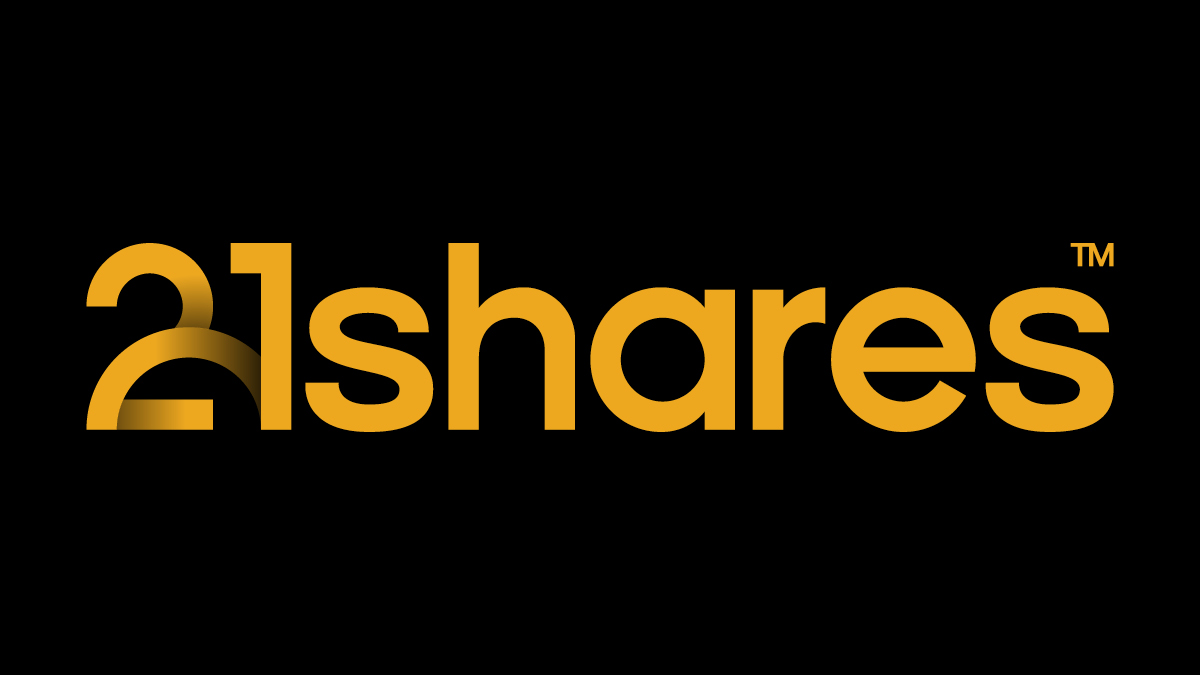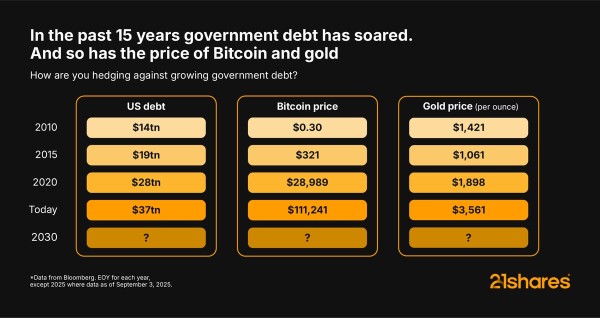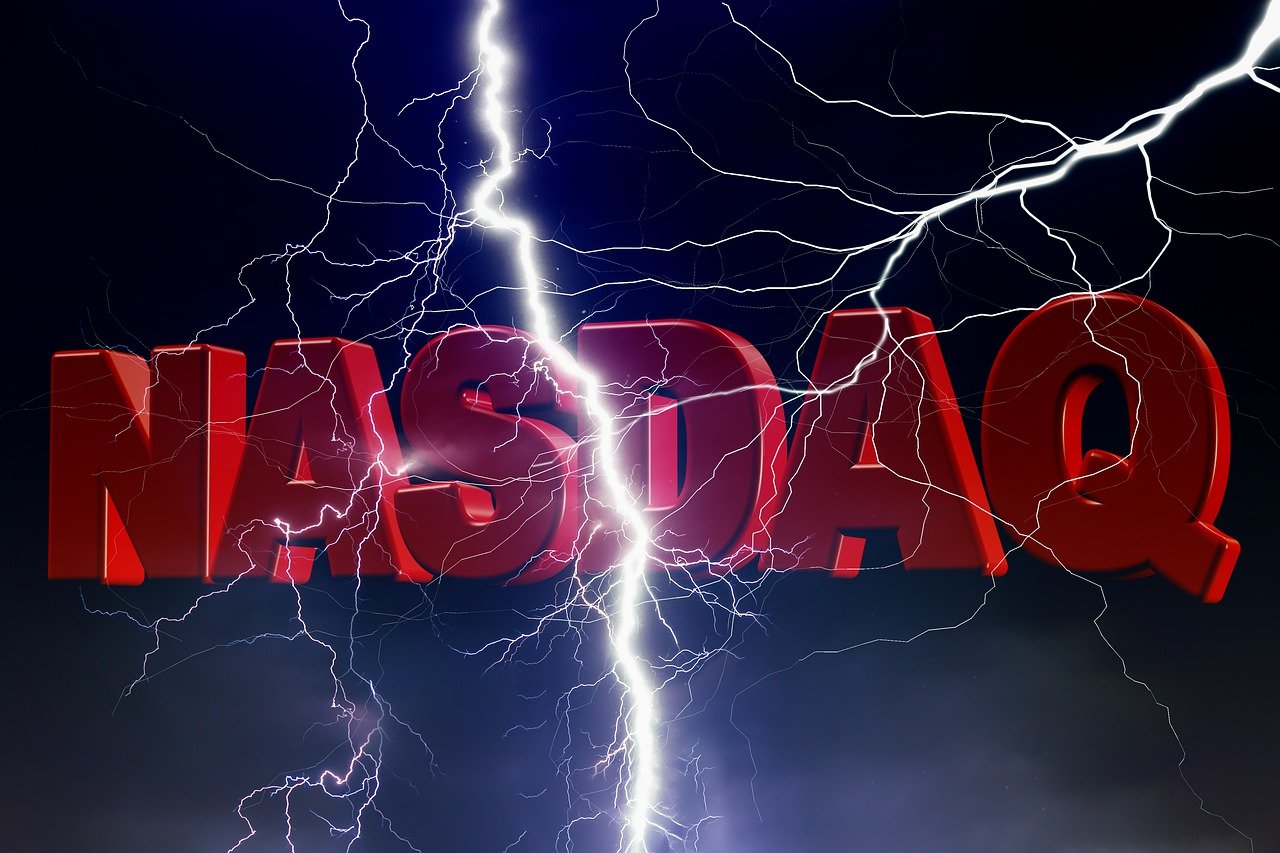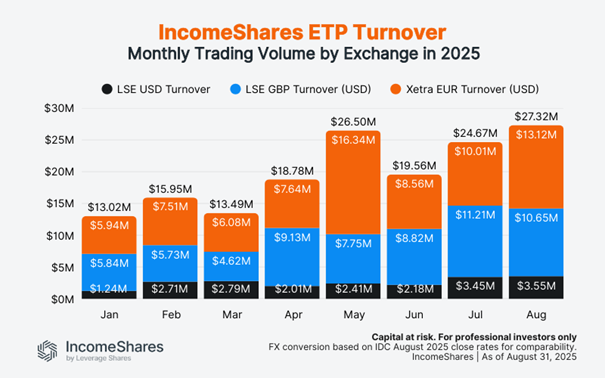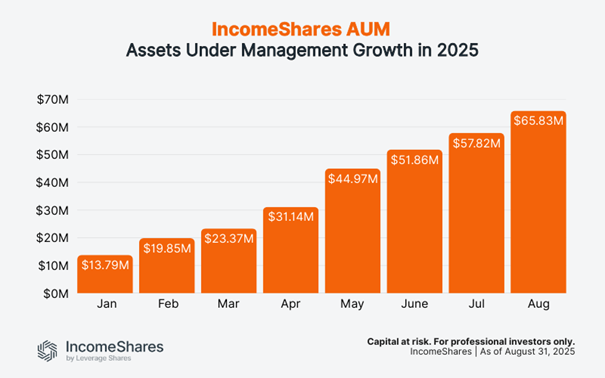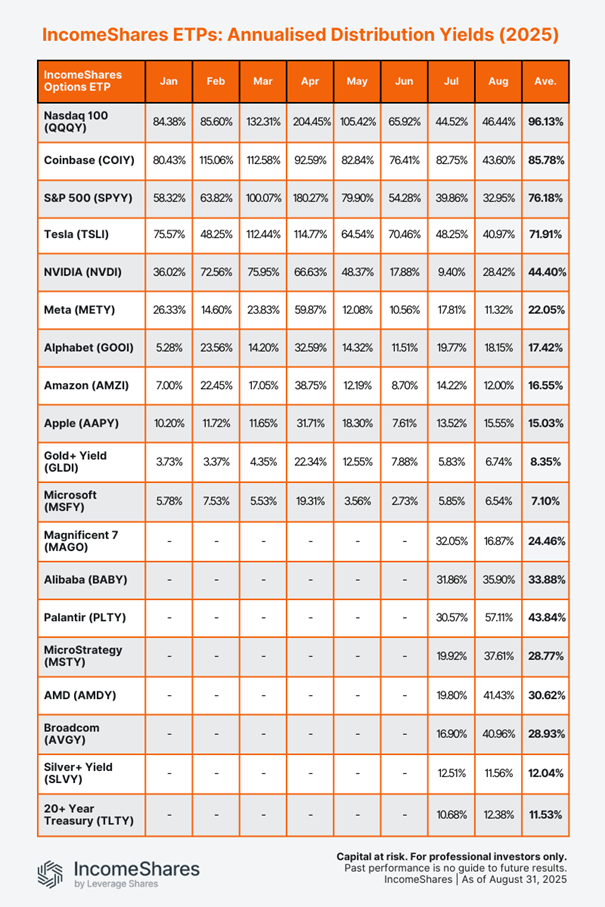ETF Securities Asset Allocation Research – Time to increase allocation into emerging market equities
Summary
• Until recently developed market (DM) equities have been favoured over emerging market (EM) equities due to concerns over the slowdown of the Chinese economy.
• However, EM economies are recovering, investment flows are returning to emerging countries and EM equities are currently very cheap on absolute and relative values.
• Using the US dollar as a trading signal is a simple way to allocate between DM and EM equities and enhances the portfolio risk/return profile by increasing return.
Emerging market economy to rebound
The slowdown in EM equities has been driven by a combination of factors including the economic slowdown of its main constituent China, as the country is making its transition from an industry-driven economy into a service-driven economy and the slump in oil prices which affected many emerging countries such as Saudi Arabia.
Manufacturing PMIs for both DM and EM countries have been declining since early 2014. While DM PMIs remained above the 50 mark, EM PMIs fell below the 50 mark in August 2015 according to our calculations, before recovering last month.
(click to enlarge) Source: ETF Securities, Bloomberg
According to the Institute of International Finance (IIF), the year-over-year growth in foreign investment inflows into emerging countries has also been declining since May 2013 to become outflows in January and February 2016. According to market participants, EM companies have been through a period of deleveraging, repaying their foreign debt and refinancing them into local currencies. If this is the case, EM companies are getting healthier, setting the base for a potentially strong recovery. Total investment flows recovered for the first time last month, up US$3.4bn year-over-year, after 13 months of continuous decline.
(click to enlarge) Source: Institute of International Finance, ETF Securities, Bloomberg
Emerging market equities at a bargain
Our valuation analysis of DM and EM equities shows that EM equities are currently very cheap compared to DM equities as the relative, cyclically adjusted price to earnings (CAPE) currently stands at 35% below its 11 years median of 0.72.
(click to enlarge) *MSCI World index as proxy for DM equities and MSCI EM index as proxy for EM equities. Source: ETF Securities, Bloomberg
EM/DM relative CAPE has been declining since mid-2013 as EM CAPE has been falling 33% while DM CAPE has been quite flat over the same period. EM CAPE is 44% below its 11 years median, indicating that EM equities are also cheap in absolute value.
We use the MSCI world index as a proxy for DM equities and the MSCI EM index as a proxy for EM equities. While EM equities are more volatile than DM equities, EM equities have outperformed DM equities by an annualised 53% since 1988. The largest component for the EM index is China and the largest component for the DM index is the US, both accounting for 39% of their respective index.
Using USD to increase equity returns
As the benchmark currency for international trades, the US dollar (USD) is one of the key drivers of equity performance. Following the financial crisis, very accommodative monetary policy from the Fed weighed on the USD until the second half of 2014. Between the summer 2014 and the end of 2015, the USD surged 25% as the Fed reduced quantitative easing. EM equities, on the other hand, fell 23% over the same period.
In 2015, strong signs of US economic recovery led the Fed to initiate a rate tightening cycle, with the first rate hike in December last year. After a pause in the tightening cycle, we believe that the USD will appreciate as markets anticipate forthcoming rate increases but then it will depreciate again as rate hikes materialise. EM equities tend to perform well during periods of weak USD and vice-versa.
One simple and rational way to implement a relative trade strategy between EM and DM equities is to use the USD as a trading signal. In our strategy, we are using the dollar basket index (DXY) as a proxy for the USD. It measures the value of the USD against a basket of DM currencies. While the Fed’s trade-weighted USD index benchmarks the USD against a broader basket of currencies including EM currencies, we decided to use the DXY because of its stronger correlation with DM/EM relative performance.
(click to enlarge) *DXY Index as a proxy for the US dollar. Source: ETF Securities, Bloomberg
Our strategy is a momentum strategy which consists of buying DM equities when the USD has strengthened by more than 1.5% over the past 6 months and then shifting to EM equities when the USD has weakened by more than -1.5% over the past 6 months. As a result, the investment decision is not dependent on forecast data but only based on actual USD or DXY index historical returns over the past 6 months.
(click to enlarge) Source: ETF Securities, Bloomberg
Exposed to equity only, our portfolio does very little to reduce volatility, at 16.6% compared to 14.7% for the MSCI AC World, our benchmark. However, the strategy still enhances the portfolio Sharpe ratio to 0.40 from 0.08 by increasing returns by 122% compared to the MSCI AC World index.
The portfolio also outperformed both DM and EM equities on an annual basis over the same period by 119% and 43% respectively while being less volatile than EM equities. In addition, the transaction cost is expected to be very low as the number of transactions in the simulated portfolio stands at around two transactions per year on average.
(click to enlarge) *Based on daily data in USD from December 30, 1988 to March 31, 2016. Volatility and returns are annualised. Max drawdown defines as the maximum loss from a peak to a trough based on a portfolio past performance. Max recovery is the length of time in number of years to recover from the trough to previous peak. Risk free rate equals to 3.2% (Cash – a simulated combination of the IMF UK Deposit Rate and the Libor 1Yr cash yield). Source: ETF Securities, Bloomberg
After three years of negative performance, emerging markets are starting 2016 on a positive note, posting a solid 5.4% return during the first quarter of 2016 while DM equities were down – 1%. EM manufacturing PMIs for March have returned above the 50 mark indicating that emerging economies are recovering. Capital flows into EM are increasing again and our valuation analysis shows that EM equities are currently at a bargain, indicating that it is an opportune time to gain exposure or increase exposure to EM equities. With EM growth highly correlated to the USD, using the currency as a trading signal enables investors to increase their portfolio return and improve its Sharpe ratio by shifting exposure between DM and EM equities at a low implementation cost.
Important Information
General
This communication has been issued and approved for the purpose of section 21 of the Financial Services and Markets Act 2000 by ETF Securities (UK) Limited (“ETFS UK”) which is authorised and regulated by the United Kingdom Financial Conduct Authority (the “FCA”).
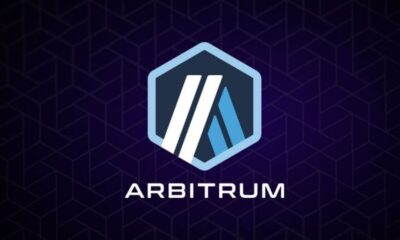
 Nyheter4 veckor sedan
Nyheter4 veckor sedan
 Nyheter2 veckor sedan
Nyheter2 veckor sedan
 Nyheter1 vecka sedan
Nyheter1 vecka sedan
 Nyheter2 veckor sedan
Nyheter2 veckor sedan
 Nyheter4 veckor sedan
Nyheter4 veckor sedan
 Nyheter3 veckor sedan
Nyheter3 veckor sedan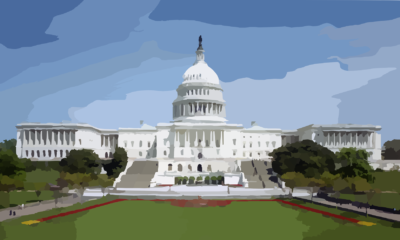
 Nyheter2 veckor sedan
Nyheter2 veckor sedan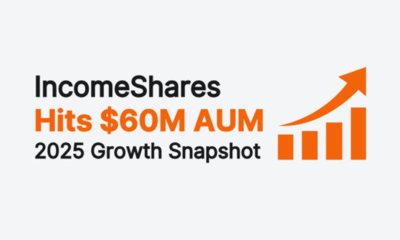
 Nyheter4 veckor sedan
Nyheter4 veckor sedan








